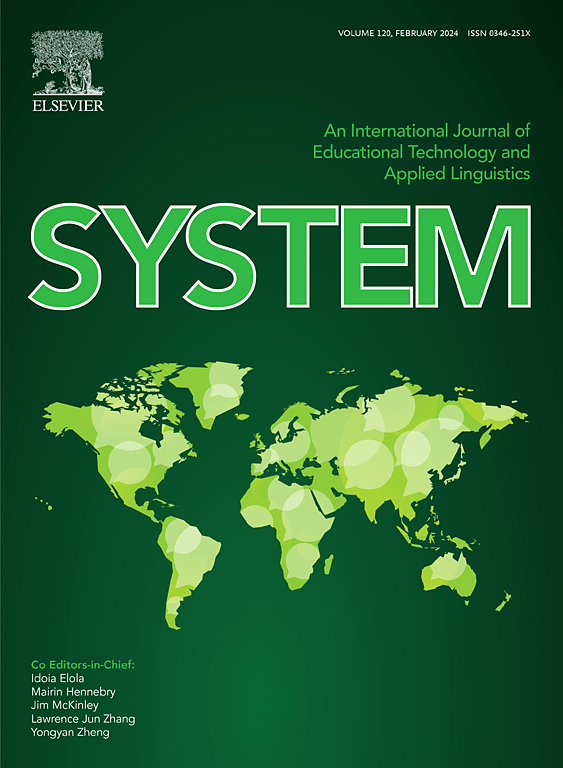快、慢生长肉鸡肠道菌群组成和胆盐水解酶活性:对生长性能和生产效率的影响
IF 6.5
1区 农林科学
Q1 Agricultural and Biological Sciences
引用次数: 0
摘要
体重是肉鸡整体健康状况和生产效率的重要指标。在肉鸡舍中,尽管在生产系统中采用相同的遗传、孵化和饲养方法,但雏鸡的体重是可变的。本试验旨在研究慢生长肉仔鸡第10百分位体重组和第90百分位体重组肠道菌群和胆汁盐水解酶(BSH)活性。选取罗斯308肉鸡300只(每组100只,来自3个独立队列),分别于雏鸡出生第1天、第11天和第25天采集空肠、回肠和盲肠黏膜样本(n = 450)。然后分析细菌数量、16S rRNA扩增子测序、物种特异性实时qPCR以及BSH活性。慢生长组和快生长组的盲肠细菌计数差异不显著(P < 0.05),但慢生长组的盲肠细菌计数均有较高的趋势。16S rRNA扩增子测序显示,大肠杆菌-志贺氏菌在到达当天的相对丰度较高(71.3% ~ 79.8%),而25 d时最丰富的微生物是Candidatus Arthromitus(慢:44.5%;快速:27.4%)在小肠。qPCR结果显示,慢生长鸡和快生长鸡的细菌数量存在显著差异,特别是慢生长鸡在25 d时总细菌、肠球菌和梭状芽胞杆菌群I较高。慢生长鸡BSH活性高于快生长鸡[慢:0.476 ΔOD/蛋白(μg/mL);快速:0.258 ΔOD/蛋白(μg/mL);P < 0.0001],相关分析强调了BSH活性、体重、采食量、体重增加和细菌数量之间的关联。我们推测,高总细菌和肠球菌丰度与高BSH活性相关,影响低采食量和体重增加,最终导致生长缓慢和快速的鸟类分离。本研究的发现有助于理解肉鸡肠道微生物群、BSH活性和宿主生理之间的关系,对家禽生产具有潜在的意义。本文章由计算机程序翻译,如有差异,请以英文原文为准。
Intestinal microbiota composition and bile salt hydrolase activity in fast and slow growing broiler chickens: implications for growth performance and production efficiency
Body weight is an important indicator of the overall health and production efficiency in broiler chickens. In broiler houses, body weight of chicks is variable despite the same genetics, hatching and feeding practices within a production system. The objective of this study was to investigate the intestinal microbiota and bile salt hydrolase (BSH) activity in slow and fast growing broiler chickens, which belonged to the 10th and 90th percentile body weight groups, respectively. A total of 300 Ross 308 broiler chickens (100 per cohort from three independent cohorts) were selected and mucosal samples from the jejunum, ileum, and cecum were collected at day of arrival, 11 and 25 (n = 450). Then, bacterial counts, 16S rRNA amplicon sequencing, species specific real-time qPCR, as well as BSH activity were analyzed. Results of bacterial counts showed no significant difference between slow and fast growing cohorts (P > 0.05), but they tended to be higher in the slow growing chickens in all measured bacterial groups in cecum. The 16S rRNA amplicon sequencing revealed higher relative abundance of E. coli-Shigella (71.3%−79.8%) at day of arrival, while the most abundant microorganisms at d 25 was Candidatus Arthromitus (slow: 44.5%; fast: 27.4%) in small intestine. qPCR results indicated significant differences in bacterial populations between the slow and fast growing chickens, especially higher total bacteria, Enterococcus, and Clostridium cluster I in the slow growing chickens at d 25. BSH activity was higher in the slow growing chickens than the fast growing chickens [slow: 0.476 ΔOD/protein (μg/mL); fast: 0.258 ΔOD/protein (μg/mL); P < 0.0001], and correlation analysis highlighted associations between BSH activity, body weight, feed intake, body weight gain, and bacterial counts. We postulate that high total bacteria and Enterococcus abundance are associated with high BSH activity, impacting low feed intake and body weight gain, ultimately resulting in separation into slow and fast growing birds. The findings of this study contribute to understanding the relationship between gut microbiota, BSH activity, and host physiology in broiler chickens, with potential implications for poultry production.
求助全文
通过发布文献求助,成功后即可免费获取论文全文。
去求助
来源期刊

Journal of Animal Science and Biotechnology
AGRICULTURE, DAIRY & ANIMAL SCIENCE-
CiteScore
9.90
自引率
2.90%
发文量
822
审稿时长
17 weeks
期刊介绍:
Journal of Animal Science and Biotechnology is an open access, peer-reviewed journal that encompasses all aspects of animal science and biotechnology. That includes domestic animal production, animal genetics and breeding, animal reproduction and physiology, animal nutrition and biochemistry, feed processing technology and bioevaluation, animal biotechnology, and meat science.
 求助内容:
求助内容: 应助结果提醒方式:
应助结果提醒方式:


